[et_pb_section fb_built="1" _builder_version="3.22"][et_pb_row _builder_version="3.25" background_size="initial" background_position="top_left" background_repeat="repeat"][et_pb_column type="4_4" _builder_version="3.25" custom_padding="|||" custom_padding__hover="|||"][et_pb_text _builder_version="3.27.4"]
IC443, commonly known as the Jellyfish Nebula, is a Supernova remnant, from Crayford skies is really only visible if imaging using narrowband filters.
Imaging:
Ha filters work the best but it will also show up in SII filters, it is invisible in an OIII filter.
[/et_pb_text][et_pb_text admin_label="SD Image" _builder_version="3.27.4"]
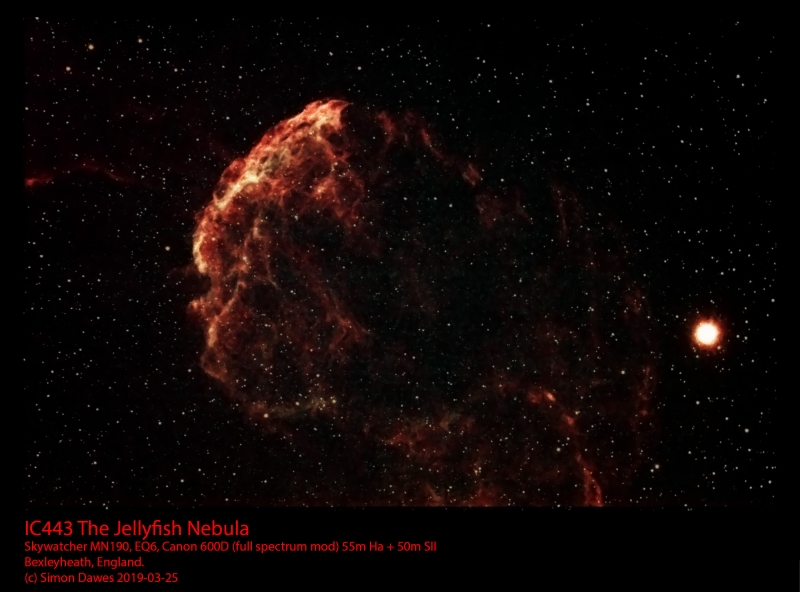
[/et_pb_text][/et_pb_column][/et_pb_row][et_pb_row _builder_version="4.7.7" _module_preset="default"][et_pb_column type="4_4" _builder_version="4.7.7" _module_preset="default"][et_pb_text admin_label="Images by Neil Webster" _builder_version="3.15" global_module="2531" saved_tabs="all"]
Images by Neil Webster
[/et_pb_text][et_pb_text _builder_version="4.7.7" _module_preset="default"]
[caption id="" align="aligncenter" width="800"]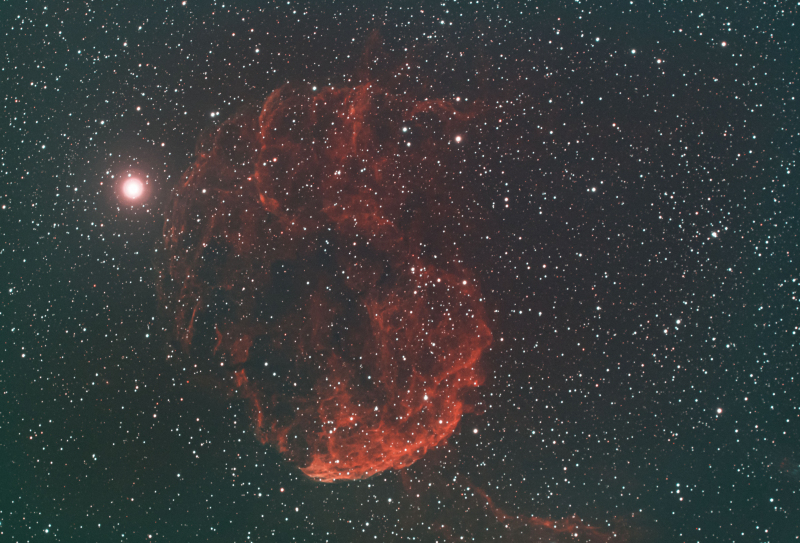 Image by Neil Webster No details provided[/caption]
Image by Neil Webster No details provided[/caption]
[/et_pb_text][/et_pb_column][/et_pb_row][et_pb_row _builder_version="4.7.7" _module_preset="default"][et_pb_column _builder_version="4.7.7" _module_preset="default" type="4_4"][et_pb_text admin_label="Images by Leigh Slomer" _builder_version="3.27.4" saved_tabs="all" global_module="3217"]
Images by Leigh Slomer
[/et_pb_text][et_pb_text _builder_version="4.7.7" _module_preset="default" hover_enabled="0" sticky_enabled="0"]
[caption id="" align="aligncenter" width="603"]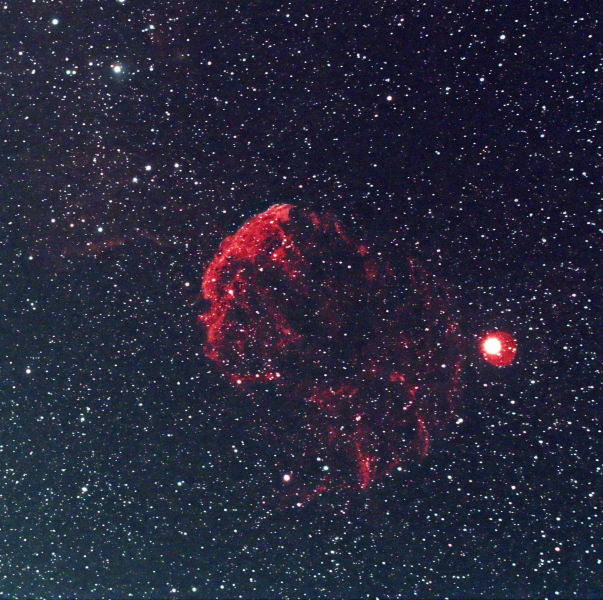 Image by Leigh Slomer - no details provided[/caption]
Image by Leigh Slomer - no details provided[/caption]
[/et_pb_text][et_pb_text _builder_version="4.7.7" _module_preset="default" hover_enabled="0" sticky_enabled="0"]
[caption id="" align="aligncenter" width="584"]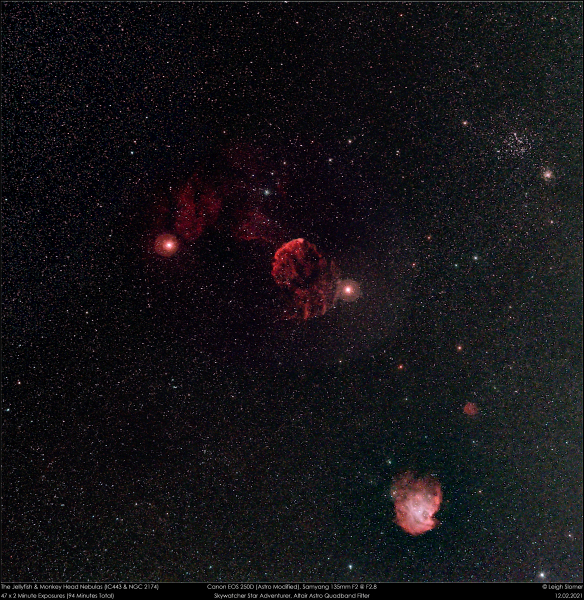 Image by Leigh Slomer - no details provided[/caption]
Image by Leigh Slomer - no details provided[/caption]
[/et_pb_text][/et_pb_column][/et_pb_row][/et_pb_section]
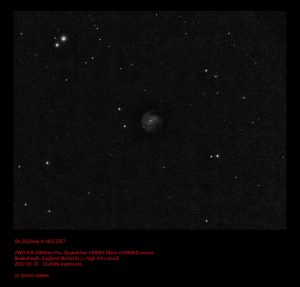


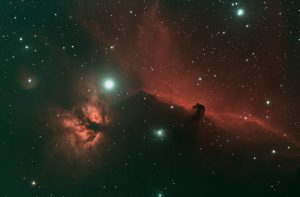

 Image by Neil Webster No details provided[/caption]
Image by Neil Webster No details provided[/caption] Image by Leigh Slomer - no details provided[/caption]
Image by Leigh Slomer - no details provided[/caption] Image by Leigh Slomer - no details provided[/caption]
Image by Leigh Slomer - no details provided[/caption]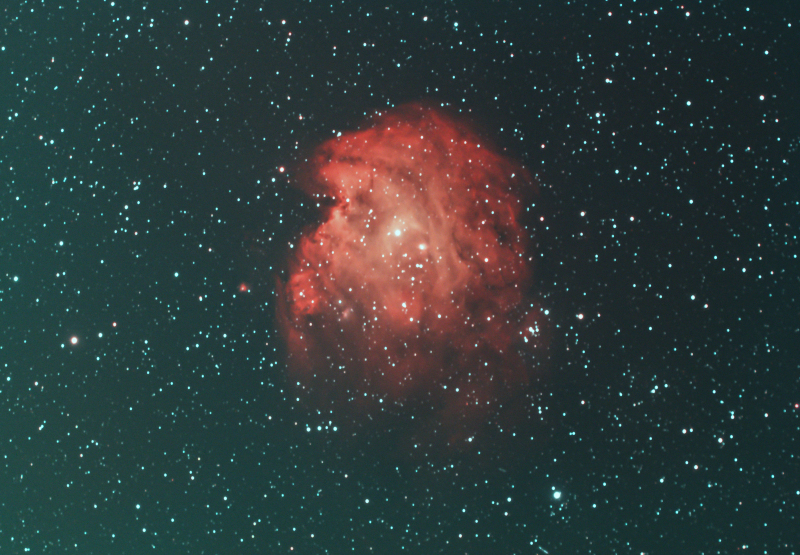 Image by Neil Webster no details provided[/caption]
Image by Neil Webster no details provided[/caption]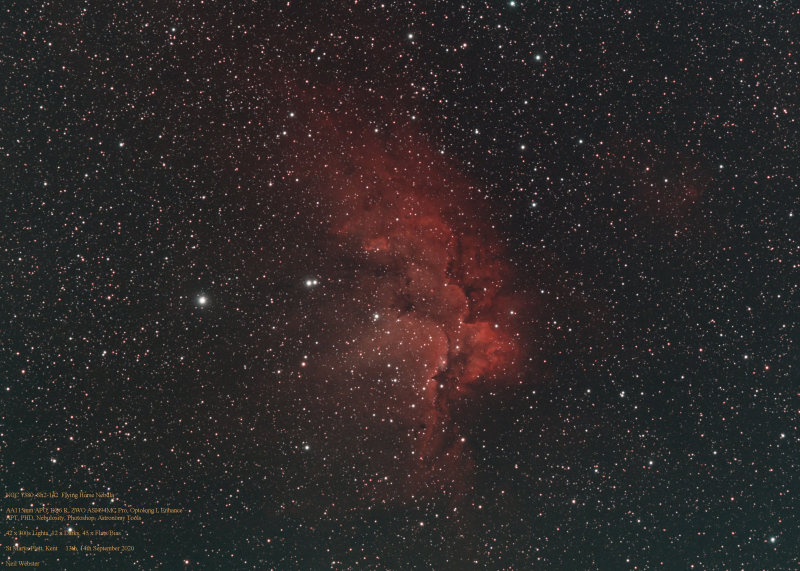
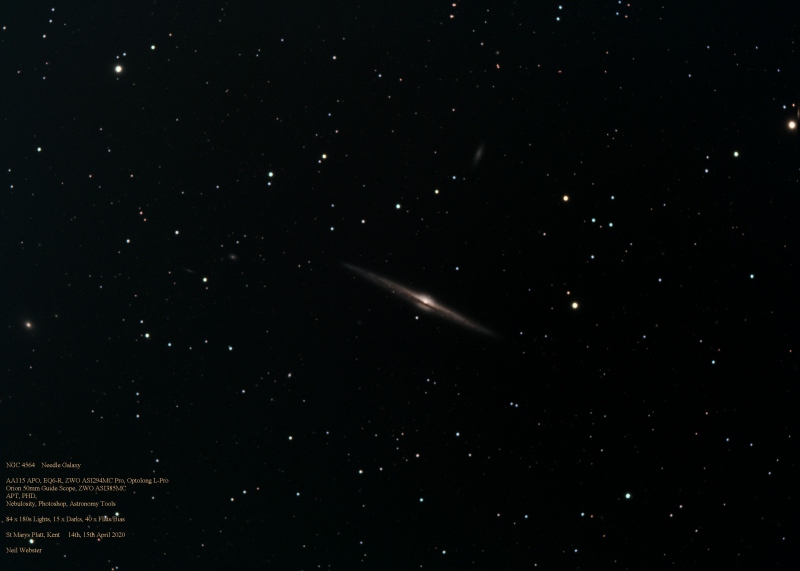

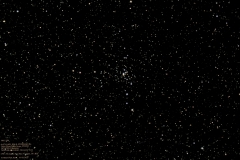
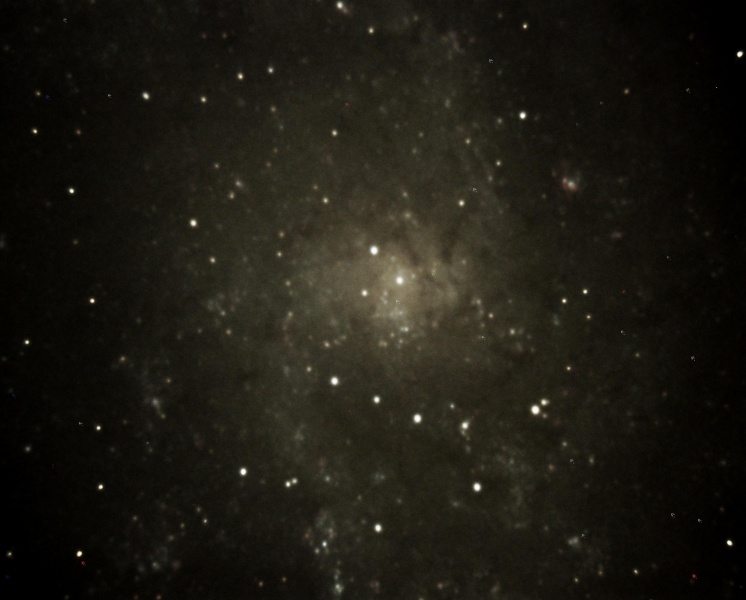 Image by CMHASD Members. 16" LX200, total of 360s unfiltered.[/caption]
Image by CMHASD Members. 16" LX200, total of 360s unfiltered.[/caption]